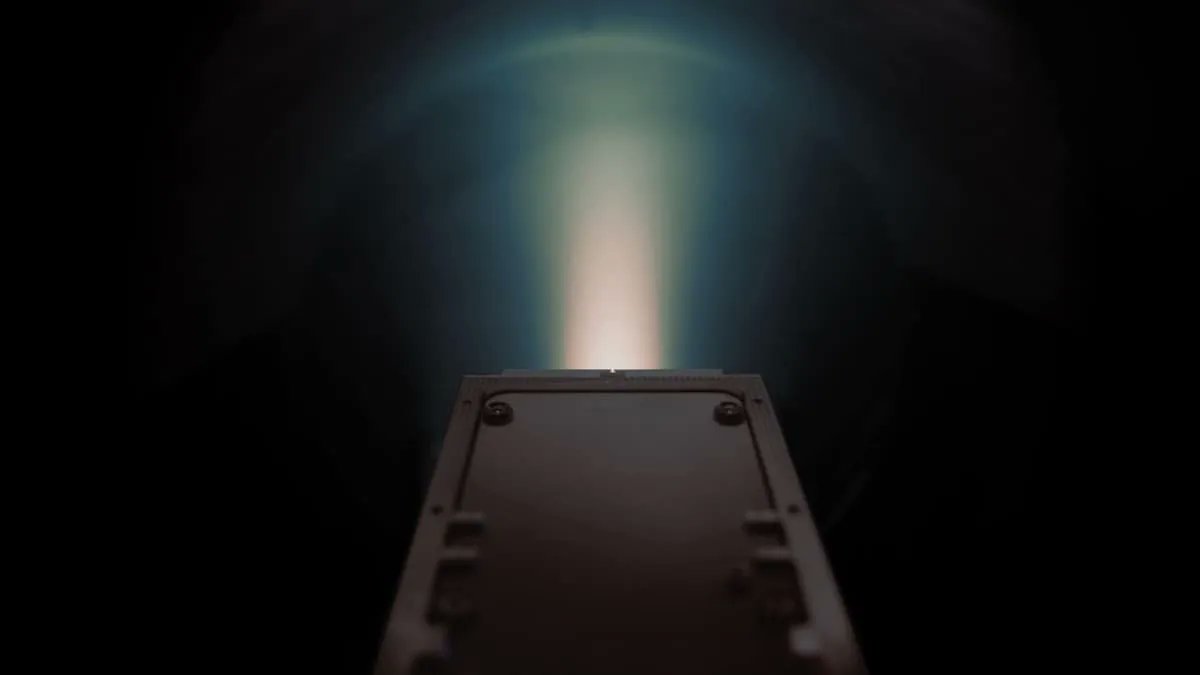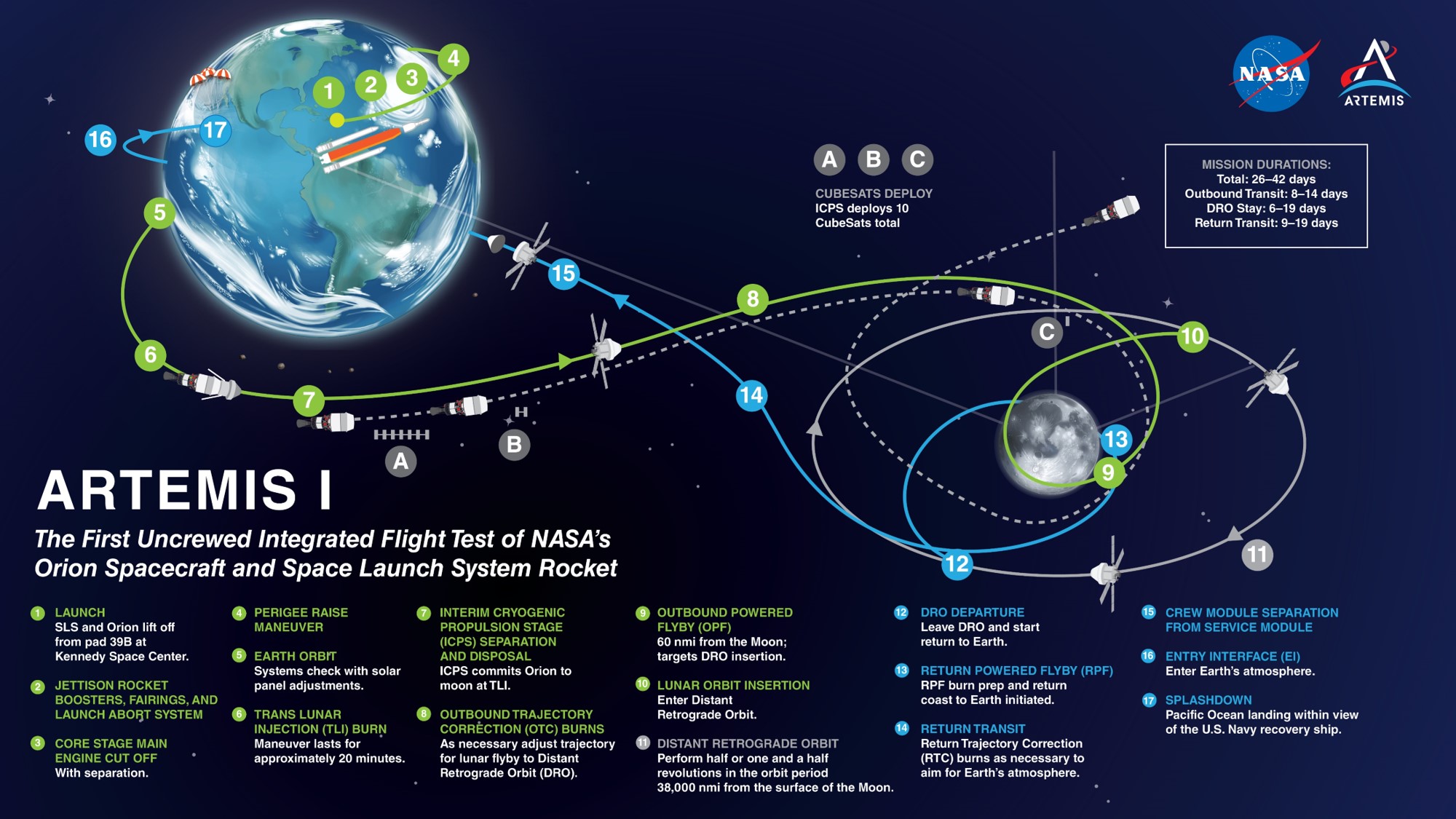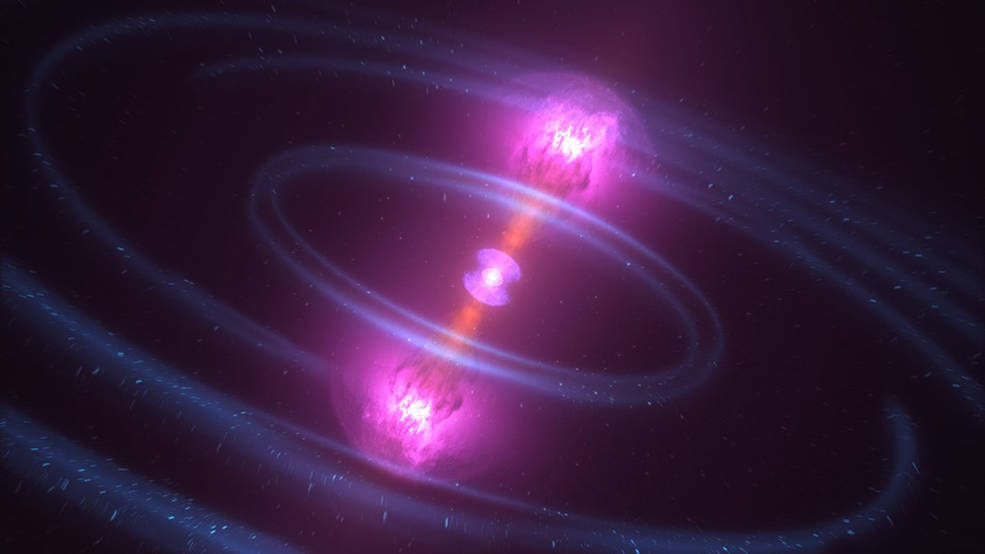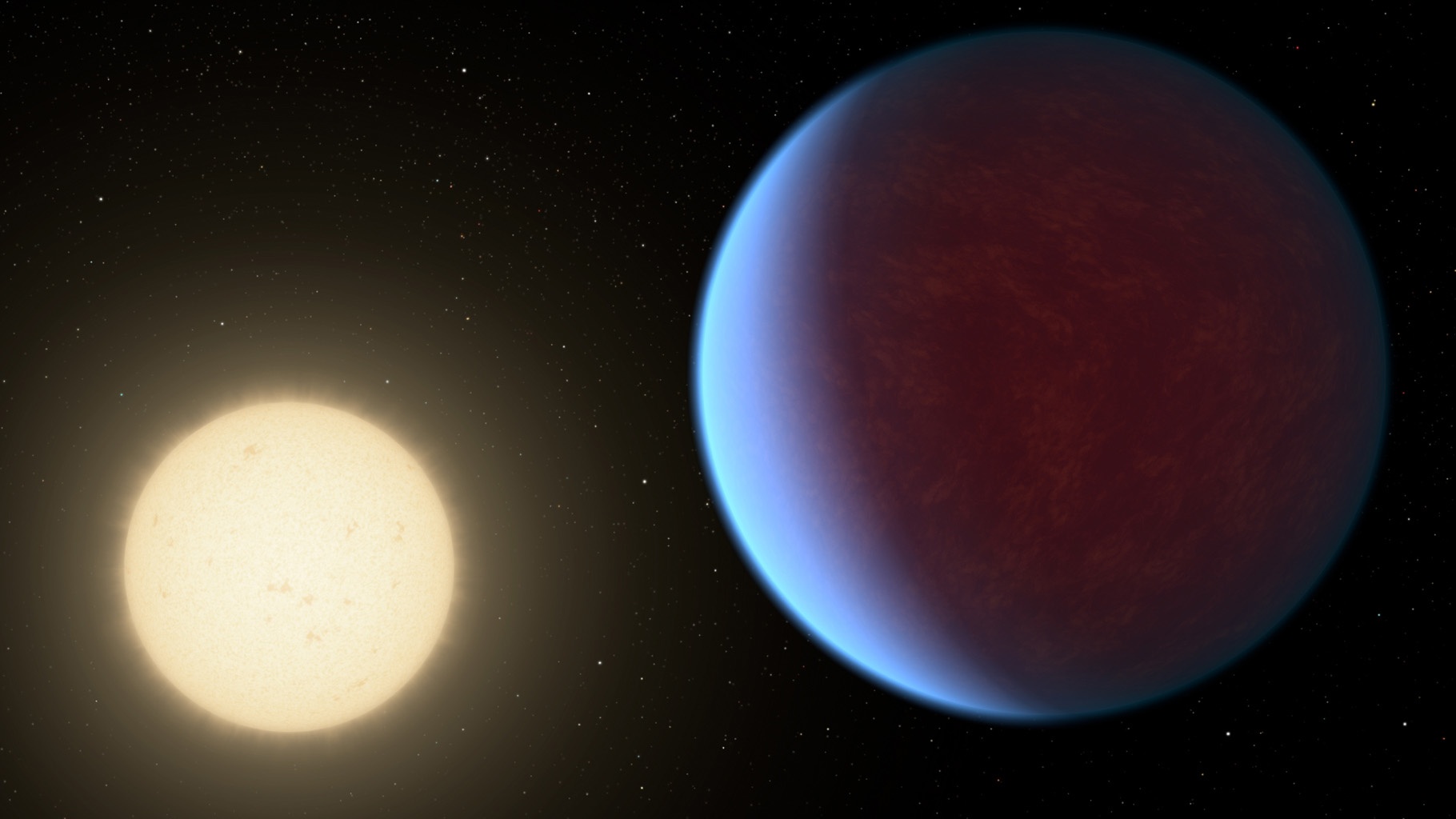Ion thrusters have played second fiddle to chemical rockets for most of the history of space exploration. Part of that is because of their inability to launch payloads into orbit. But in space, their high thrust-to-weight ratio has plenty of appeal. Other features have held the technology back, including the difficulty of working with the thruster’s fuel source – xenon. Now, a team of engineers and scientists from ThrustMe, a French start-up that focuses on developing advanced propulsions systems, have developed an ion thruster that works on an entirely new and much easier to use material – iodine.
Continue reading “Company Tests Iodine Thruster in Space for the First Time”Artemis 1 is Launching in February
It’s been a long time coming, but NASA’s next moon rocket is just months from liftoff on its first uncrewed test flight. The Space Launch System (SLS) is a super heavy-lift vehicle capable of delivering 95 tons to Low Earth Orbit, but its primary purpose will be to deliver humans to lunar orbit and, eventually, to the lunar surface. SLS has been in development since 2011, and it’s faced a series of delays, but launch day is finally within sight. Earlier this month, the rocket was fully stacked for the first time in the Vehicle Assembly Building at the Kennedy Space Center, and the Orion capsule (the spacecraft’s crew cabin) was attached to the top. The full stack stands an impressive 322 feet tall, just shy of the Saturn V’s 363 feet.
Continue reading “Artemis 1 is Launching in February”IBM Space Tech Wants to “Democratize Space” with ENDURANCE.
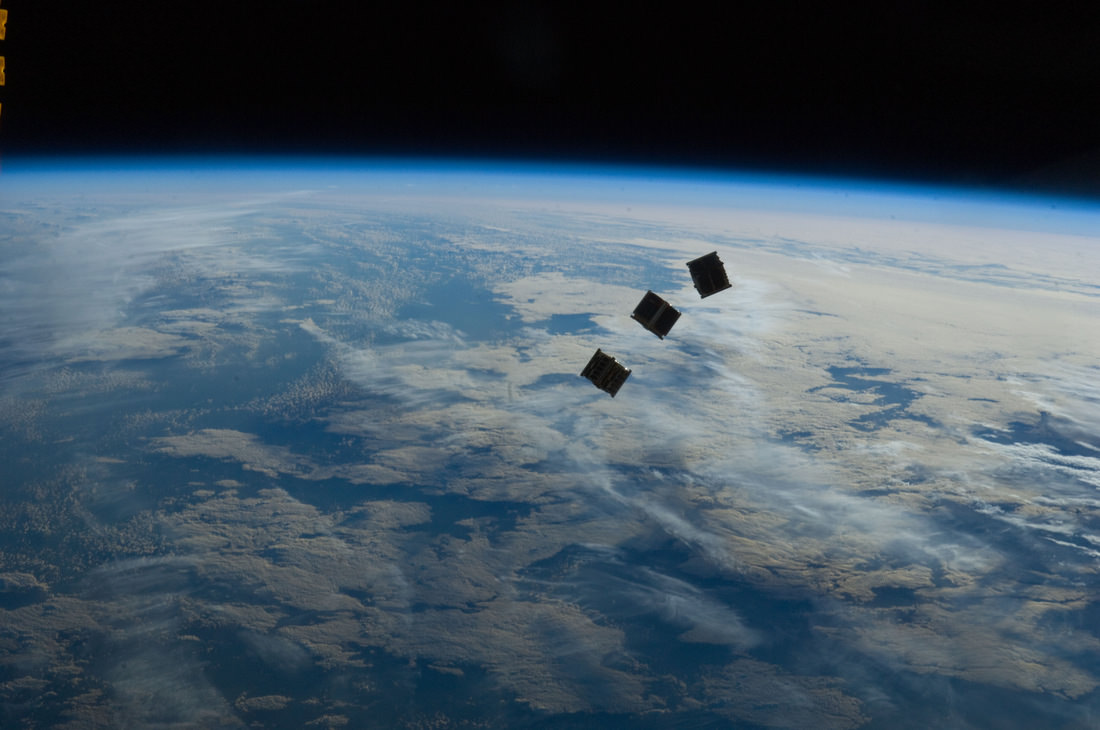
Between the rise of the commercial space industry and the proliferation of agencies and programs, it is clear that we live in a new space age. A cornerstone of this new age is how reusable rockets, small satellite technology, and other advances are reducing the cost of launching payloads to orbit. This, in turn, increases access to space and allows more people and organizations to participate in lucrative research.
In January of 2020, IBM chose to build on its many years of working with the space sector by launching its own commercial space venture known as IBM Space Tech. In early 2022, IBM Space Tech will be launching its first CubeSat space mission, named ENDURANCE, to Low Earth Orbit (LEO). By leveraging IBM/Red Hat software and the IBM Cloud, this CubeSat will give students all over the world access to space!
Continue reading “IBM Space Tech Wants to “Democratize Space” with ENDURANCE.”NASA has Chosen 4 new Pioneer Missions: Aspera, Pandora, StarBurst, and PEUO
Budget constraints are a major consideration for every space program throughout the world. Lately, NASA has taken a particularly bold approach, by not only innovating through novel ideas that could do great science, but innovating with the way they fund those missions. A good example of this innovation is the Astrophysics Pioneers program, which is a NASA fund program targeted at early- to mid-career researchers. The interesting thing about the program is that the overall budget for each project is capped at $20 million. Now, the program has selected its first four projects to move ahead to its second stage.
Continue reading “NASA has Chosen 4 new Pioneer Missions: Aspera, Pandora, StarBurst, and PEUO”Virgin Orbit Successfully Launches a Batch of Satellites From an Airplane
On Sunday, January 17th, Virgin Orbit conducted the second launch test of its LauncherOne rocket, which the company will use to deploy small satellites to orbit in the coming years. The mission (Launch Demo 2) went smoothly and validated the company’s delivery system, which consists of the rocket air launching from a repurposed 747-400 (named Cosmic Girl).
It also involved the successful deployment of 10 CubeSats which were selected by NASA’s Launch Services Program (LSP) as part of the agency’s CubeSat Launch Initiative (CSLI). The event began when Cosmic Girl took off from the Mojave Air and Space Port at approximately 10:50 A.M. PST (01:50 P.M. EST) and flew to a location about 80 km (50 mi) south of the Channel Islands in the Pacific Ocean.
Continue reading “Virgin Orbit Successfully Launches a Batch of Satellites From an Airplane”Tiny Cubesat Detects an Exoplanet
In the past decade and a half, a total of 4,164 thousand planets have been discovered beyond our Solar System, while another 5220 await confirmation. The majority of these were detected by the venerable Kepler Space Telescope, while the remainder have been observed by the Transitting Exoplanet Survey Satellite (TESS) and a combination of other satellites and ground-based telescopes.
But in what is a new record, a known super-Earth was recently observed by the Arcsecond Space Telescope Enabling Research in Astrophysics (ASTERIA) small satellite – making it the smallest observatory to spot an exoplanet. Led by a team from the Massachusetts Institute of Technology (MIT), this mission has demonstrated that small satellites can perform complex tasks in space normally carried out by large observatories.
Continue reading “Tiny Cubesat Detects an Exoplanet”LightSail 2 is Still Solar Sailing, But it’s Getting Lower and Lower with Each Orbit
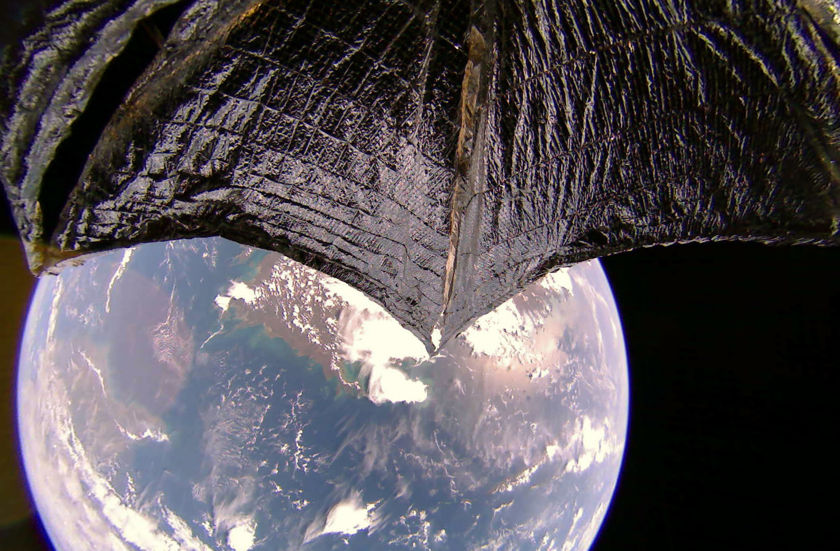
LightSail 2 deployed it solar sail five months ago, and it’s still orbiting Earth. It’s a successful demonstration of the potential of solar sail spacecraft. Now the LightSail 2 team at The Planetary Society has released a paper outlining their findings from the mission so far.
Continue reading “LightSail 2 is Still Solar Sailing, But it’s Getting Lower and Lower with Each Orbit”NASA Tests Water Powered Spacecraft in Orbit

Picture two tissue box-sized spacecraft orbiting Earth.
Then picture them communicating, and using a water-powered thruster to approach each other. If you can do that, then you’re up to speed on one of the activities of NASA’s Small Spacecraft Technology Program (SSTP.) It’s all part of NASA’s effort to develop small spacecraft to serve their space exploration, science, space operations, and aeronautics endeavors.
Continue reading “NASA Tests Water Powered Spacecraft in Orbit”The Light Sail is Working… It’s Working!
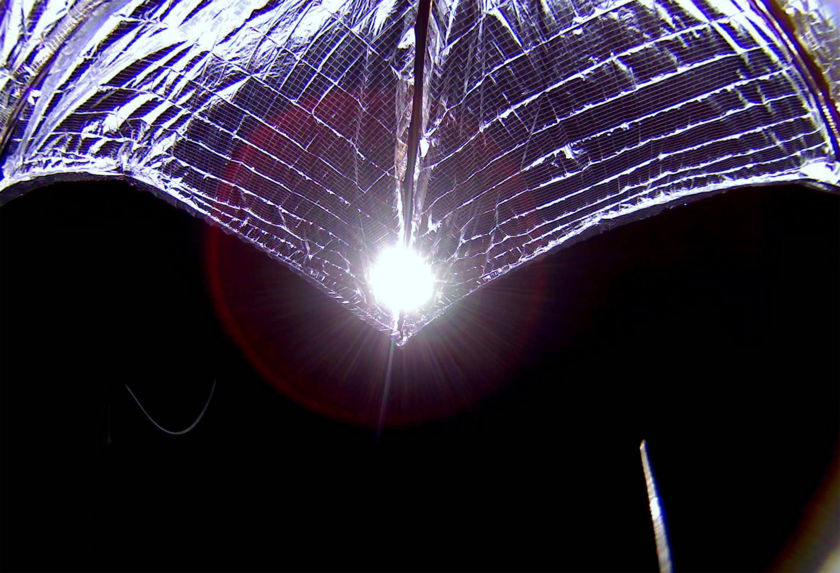
Good news from The Planetary Society: LightSail 2’s solar sail is functioning as intended. After launching on June 25th, then deploying its solar sail system on July 23rd, mission managers have been working with the solar sail to optimize they way LightSail 2 orients itself towards the Sun. Now The Planetary Society reports that the spacecraft has used its solar sail to raise its orbit.
Continue reading “The Light Sail is Working… It’s Working!”One of the Most Exciting Parts of InSight is Actually the Tiny Cubesats Tagging Along for the Ride and Their Role in the Mission
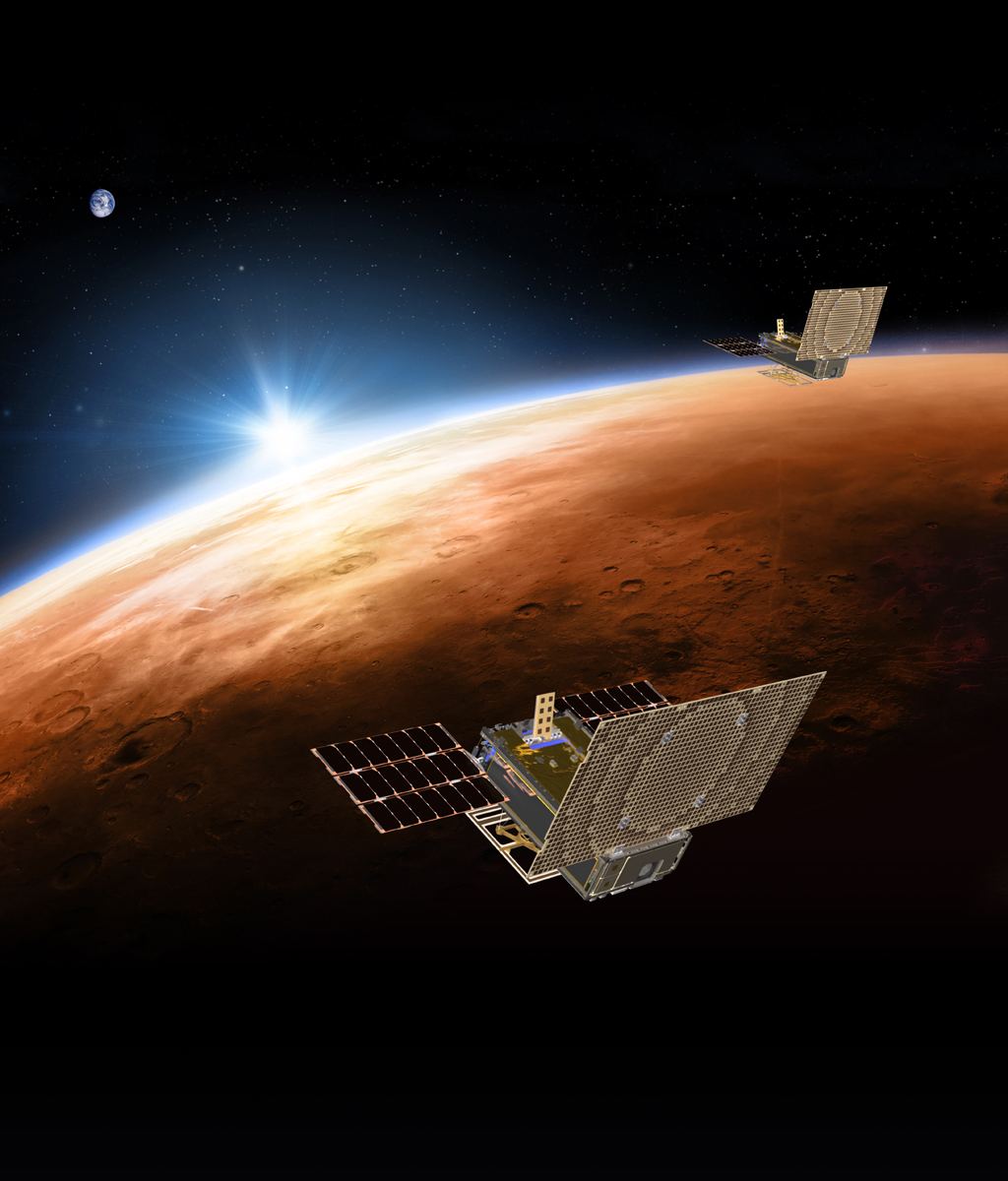
Yesterday, NASA’s Mars InSight lander successfully touched down on the Martian surface after spending seven long months in space. Over the course of the next few hours, the lander began the surface operations phase of its mission, which involved deploying its solar arrays. The lander also managed to take some pictures of the surface, which showed the region where it will be studying Mars’ interior for the next two years.
In the midst of all that, another major accomplishment received only passing attention. This was the Mars Cube One (MarCO) mission, an experiment conducted by NASA to see if two experimental CubeSats could survive the trip to deep space. Not only did these satellites survive the journey, they managed to relay communications from the lander and even took some pictures of their own.

